If you live in an arid climate or have the space to grow large succulents inside your home, you need to consider getting an Aloe Ferox. Just like many other aloe varieties, this plant is beautiful, unfussy, and versatile in its usage.
How to Identify Aloe Ferox
This is a fairly simple plant to identify due to its size, shape, and special features. Aloe Ferox plants can grow up to nine feet tall and five feet wide. Their leaves are thick, fleshy, and pale green, resembling an Aloe Vera leaf.
The difference between an Aloe Vera leaf and an Aloe Ferox leaf is that the latter has tiny brown spikes lining the outside of them. Another key feature of Aloe Ferox is the large red-orange blossoms that are produced each year between late autumn and mid-winter.
Where Does Aloe Ferox Grow
This aloe variety is native to the southern parts of South Africa, particularly the nations of Lesotho and South Africa.
Uses of Aloe Ferox
When it comes to finding a purpose for growing Aloe Ferox, there are many options to consider. This plant is great to use as a focal feature in garden spaces, as a means to create a garden border, or as a way to attract pollinators to a garden. Another use for Aloe Ferox is found in its leaf gel, which can be added to cosmetics or herbal remedies just like Aloe Vera gel.
How to Grow Aloe Ferox from Seed
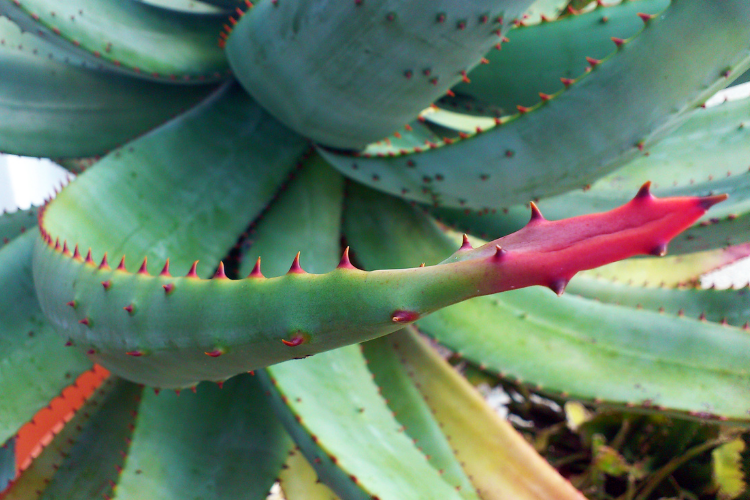
If you decide to go the route of growing any succulents, including Aloe Ferox, from seed, plan to be patient. These oftentimes take many months to sprout and their seeds do not always grow. This, however, can be a fun project to do as a family, so if you have your seeds ready, follow these steps:
- Set the seeds on a bed of seed starting mix that has been poured into a seed starter tray.
- Spread a small amount of the seed starting mix over the seeds so that they are lightly covered by the mix.
- Moisten the mix with water so that it is slightly wet but not soggy.
- Cover the seed tray with either the tray cover or a piece of clear plastic.
- Place the seed tray in bright but indirect sunlight, ensuring that the room temperature is at least seventy degrees Fahrenheit.
- Moisten the mix when it becomes dry.
- Uncover the seed tray when sprouts appear.
- Transplant the sprouts to a plant container or a garden bed when they have grown strong enough to move.
- Care for the sprouts as if they were mature plants.
Aloe Ferox Growing Conditions
While this is a famously unfussy plant, there are a few things that you should consider before getting one. Aloe Ferox doesn’t ask for much, but it does require some specific growing conditions to be healthy. Let’s talk about each of these conditions in detail now.
Heat & Sunlight
Aloe Ferox is a very hardy succulent that can withstand a wide range of temperatures. While it does prefer hot and arid climates, it can handle a dip in mercury as low as twenty degrees Fahrenheit. Ultimately, it should be given at least eight hours of bright sunlight every day, limited amounts of water, and as much heat as possible. Remember, this plant is designed for life in the desert so it thrives in drought-like conditions.
This component of Aloe Ferox’s growing conditions includes which USDA Hardiness zones it can grow in. If you live in zones 9a to 11b, you can keep your Aloe Ferox outside all year round; however, if you live in any other zone, you should keep your Aloe Ferox in a plant container that can be transported indoors when the weather turns cold or rainy.
Soil
It is very important to provide Aloe Ferox with well-aerated and well-draining soil to prevent it from pest infestations, fungal disease, and root rot. I prefer using premade succulent mixes such as Superfly Bonsai’s succulent and cactus soil mix but you can make your own mix by blending together 2 parts soil or soil substitute, 1 part coarse sand, and 1 part perlite. If you want to add a little peat moss and limestone to the mix, that is fine as well.
Space
Many succulents do not get very large and thrive in tight clusters around other plants, but Aloe Ferox is not like many succulents. This plant gets very large and will not look or grow well when placed close to other plants. If you set your Aloe Ferox in an outdoor garden bed, you should plant it at least sixty inches from any other plant.
If, however, you put your Aloe Ferox in a plant container, you should ensure that it is big enough for the plant to grow in without toppling over. Another thing to consider when you select a plant container is material. Look for a plant container that can drain water and allow moisture to evaporate. A ten-inch terracotta plant pot should get you started.
Water
This component of Aloe Ferox’s growing conditions can cause more harm than good. Learn to water your succulents properly and you will prevent a lot of damage; however, if you choose to remain uninformed about how to water succulents, you will probably kill them in a few months. So, if you want to keep your Aloe Ferox looking and feeling great, follow these watering tips:
- Only water it when the soil around the base of the plant is dry
- Do not water the leaves of the plant, just the soil
- If it is in a plant container, use the soak and dry watering method
- If it is in an outdoor garden bed, only water it if it looks like it is dying from dehydration
When to Plant Aloe Ferox
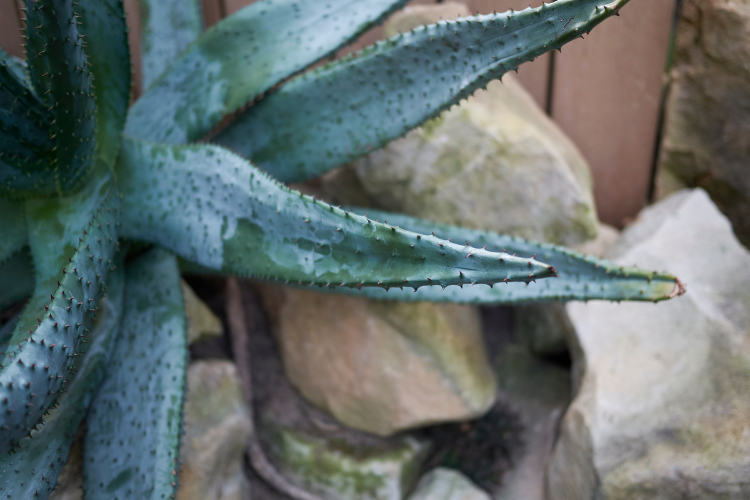
The best time of year to plant an Aloe Ferox is springtime.
How to Plant Aloe Ferox
Planting an Aloe Ferox is a simple matter. You just need to follow these steps:
- Prepare the plant’s new home. If it is a plant container, fill it two-thirds full with succulent potting mix. If it is a garden bed, dig a hole that is deep enough to hold the plant to cover the roots but not the leaves. Also, make sure the hole is sixty inches away from other plants so that it has room to grow.
- Remove the Aloe Ferox from its current home. If it is in a plant container, tip the container on its side and use a small shovel or spoon to slide it out. If it is in a garden bed, carefully dig a circle around the plant so that you can pull it and its root system out together.
- Set the Aloe Ferox in its new home so that the roots are covered with soil but its leaves are above soil level.
- Wait a few days to water it.
Best Aloe Ferox Fertilizer
Most aloe varieties do not require fertilization; however, if you would like to give your Aloe Ferox a little boost, you can feed it once during the spring. I recommend using something easy-to-use, organic, and safe for the environment, pets, and children. EarthPods Cactus & Succulent Plant Food Capsules meet all these requirements so consider giving them a try.
Best Aloe Ferox Companion Plantings
Since Aloe Ferox is such a large plant and requires a lot of space to itself it may seem nonsensical to recommend a companion planting for it. However, you may find it is nice to place other types of aloe or similar-looking agave plants nearby, especially if you can keep these in an outdoor garden space. So, if you’re interested in creating a desert oasis, consider using the following plants as companions for your Aloe Ferox.
Aloe Aristata
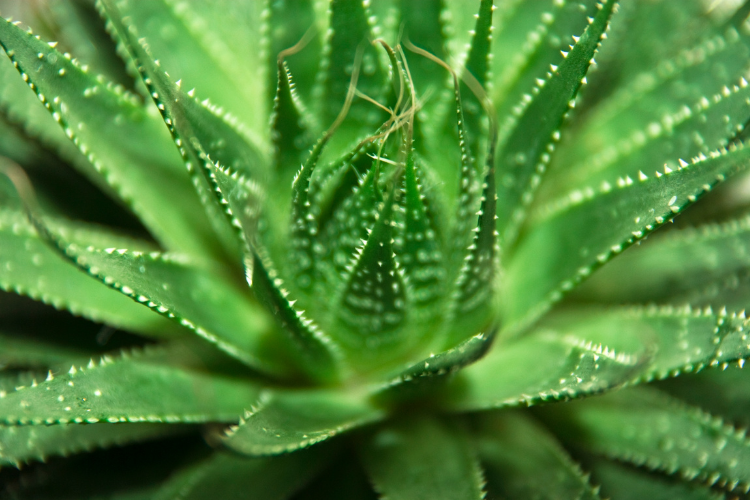
This aloe grows to a much smaller size than Aloe Ferox but requires the same care and growing conditions, so once you learn to care for one plant, you can easily add the other to your garden.
Pros
- Aloe Aristata only grows up to one foot tall and wide
- Aloe Aristata produces flowers that attract bees and birds
- Aloe Aristata is resistant to deer
- Aloe Aristata reproduces itself via offsets
Cons
- Aloe Aristata is susceptible to infestations of mealybugs and scale insects
- Aloe Aristata is toxic
- Aloe Aristata is not cold hardy
Aloe Polyphylla
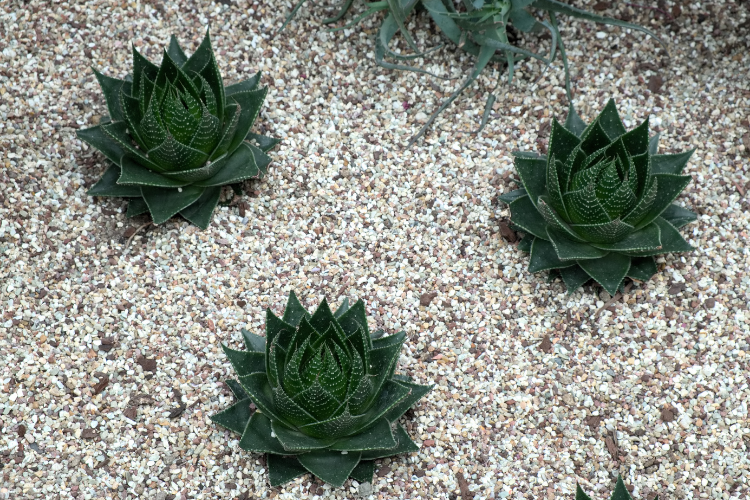
This type of aloe is a mid-sized option that grows in a lovely symmetrical spiral. It is slightly fussier about its care than other aloes, but it is very much worth the extra effort.
Pros
- Aloe Polyphylla reproduces itself via offsets
- Aloe Polyphylla produces flowers
- Aloe Polyphylla can grow indoors
Cons
- Aloe Polyphylla is toxic
- Aloe Polyphylla is not cold hardy
Sansevieria Varieties
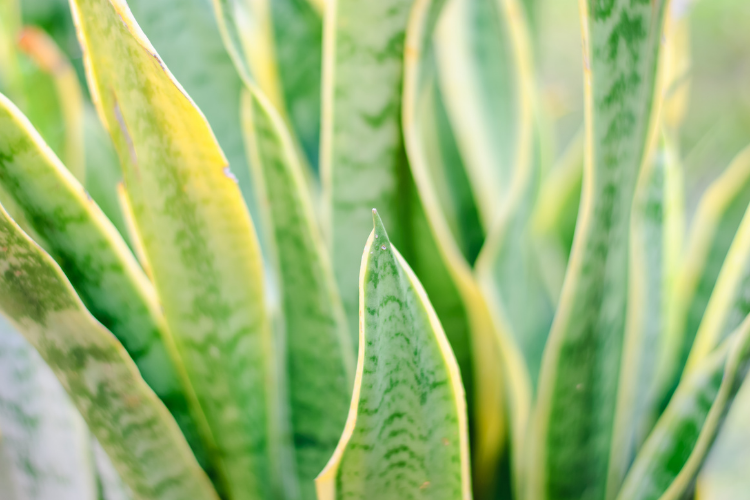
These plants are all about low maintenance. If you need some greenery that can thrive while being ignored or neglected, then you need to get one or several varieties of Sansevieria.
Pros
- Sansevieria can grow in sun or shade
- Sansevieria can grow indoors or outdoors
- Sansevieria can tolerate drought-conditions
- Some Sansevieria can tolerate soggy soil better than most succulents
- Some Sansevieria can tolerate both hot and cold weather
Cons
- Sansevieria are toxic
Aloe Ferox Diseases and Common Problems
The most common issues faced by Aloe Ferox are mealybugs, root rot, and scale insects. You can prevent these issues by proper watering habits; however, if you do see that your plant is struggling due to one of these issues, you can treat it. Here’s how:
Mealybugs
These pests will appear as cotton-like spots on your plant’s stems and leaves. Treat an infestation of mealybugs by spraying the plant with a mixture of water and alcohol. Wipe the leaves with this mixture to ensure you remove all the bugs and apply neem oil to prevent them from returning.
Root Rot
This will cause the leaves of your plant to turn yellow, brown, black, mushy, and/or translucent. Treat root rot by removing the plant from its current soil, trimming off any rotten stems, leaves, or roots, and repotting it in fresh, dry soil.
Scale Insects
These pests will appear as tiny brown bumps on the backside of your plant’s leaves and stems. Treat an infestation of scale insects by spraying them off the plant with a garden hose or showerhead and wiping the leaves with neem oil.
Where to Buy Aloe Ferox Seeds Online
Since I think it is too risky to purchase aloe seeds online, I don’t recommend that you go this route. However, I understand that this may be a gardening goal for you and I don’t want to keep you from attempting your goals. If you want to go this route, be sure that you feel completely comfortable with the purchase you make online and be prepared to get seeds that are either incorrectly labeled or not healthy enough to grow.
If you intend to go this route, I recommend that you reach out to one of the following online companies that deal with rare seeds. They may be able to help you track down just what you need.
Where to Buy Aloe Ferox Plants Online
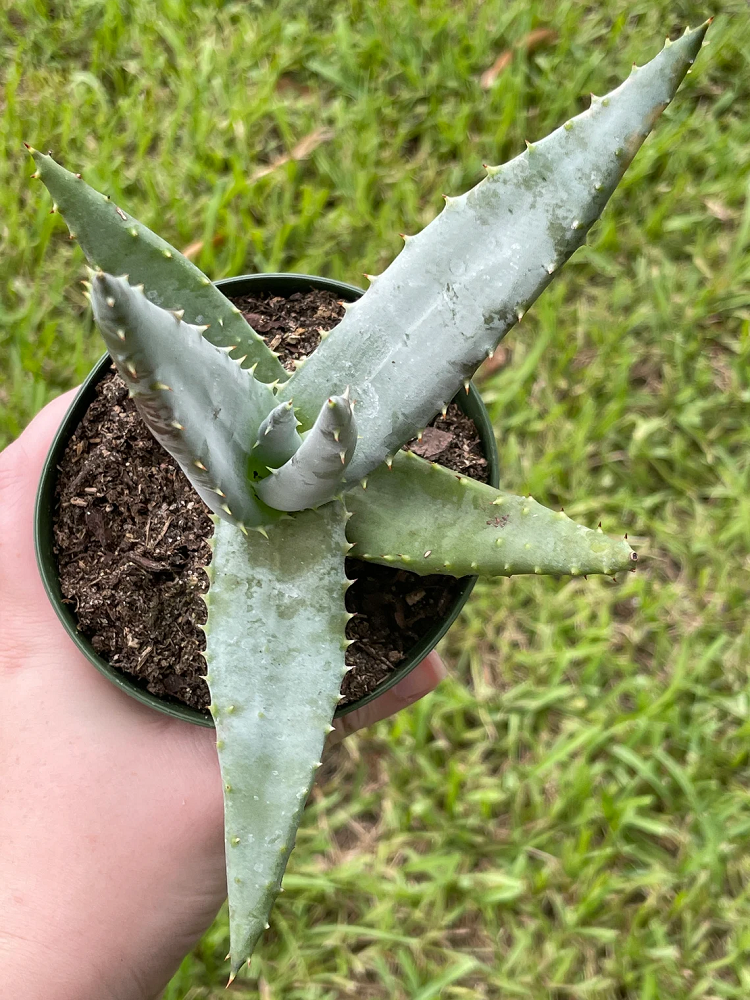
While I’m very hesitant to purchase aloe seeds online, I don’t think it is incredibly risky to purchase plants or cuttings from online shops. This is because it is easier to find the plants you are looking for, recognize if the plant is accurately labeled, and determine if the plant is healthy enough to grow. If you are interested in purchasing an Aloe Ferox plant, here are two online shops that are currently selling them:
FAQs
Question: Is Aloe Ferox Toxic?
Answer: No, it is not listed as a plant that is toxic to humans or animals.
Question: Should Aloe Ferox be Pruned?
Answer: No, it should not be pruned. This is because the dried leaves will provide the plant with some protection from inclement weather.
Question: Can Aloe Ferox be Propagated via Offsets or Cuttings?
Answer: Yes, this plant is easy to propagate and both methods work well.
Concluding Words
Sure, its family member, Aloe Vera, may be much more popular, but this is a special plant and it should not be underestimated. If you live in an arid climate, you should definitely plant a few of these in your garden. If you don’t live in an arid climate, consider getting a potted version for your home or office space. When you have one of these on your property, you are sure to have a showstopper and a conversation starter all rolled into one special plant.
Research Citations:
- Lophocereus Marginatus (Mexican Fence Post Cactus) - January 10, 2022
- Best Cactus Fertilizer Guide - January 9, 2022
- Selenicereus Grandiflorus (Queen of the Night) - January 3, 2022


